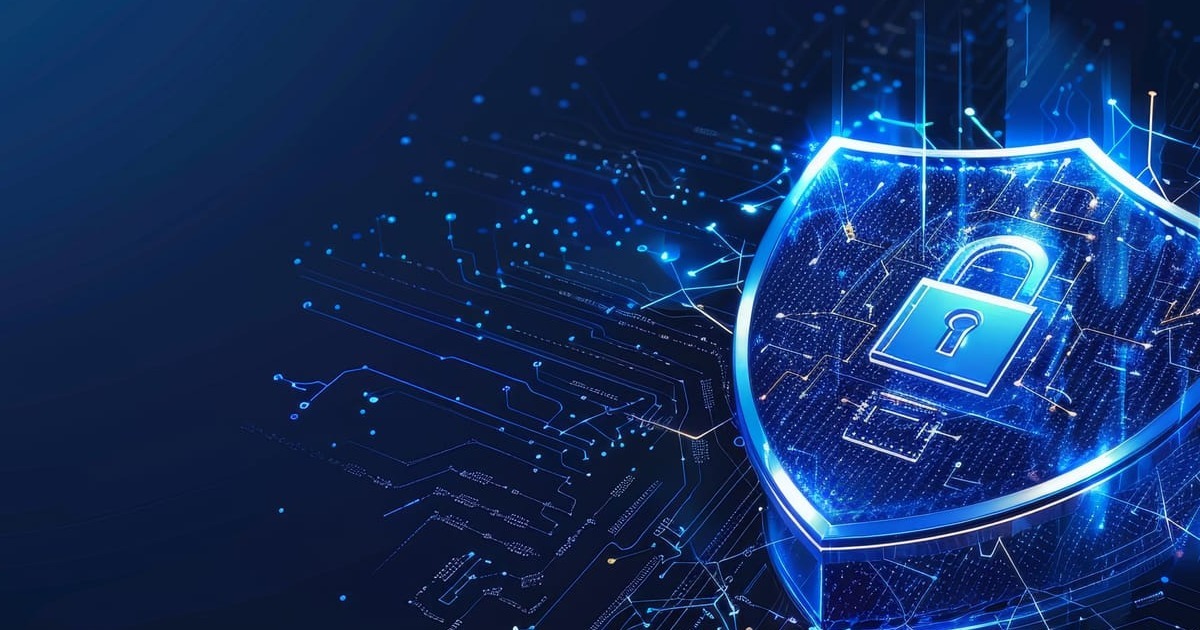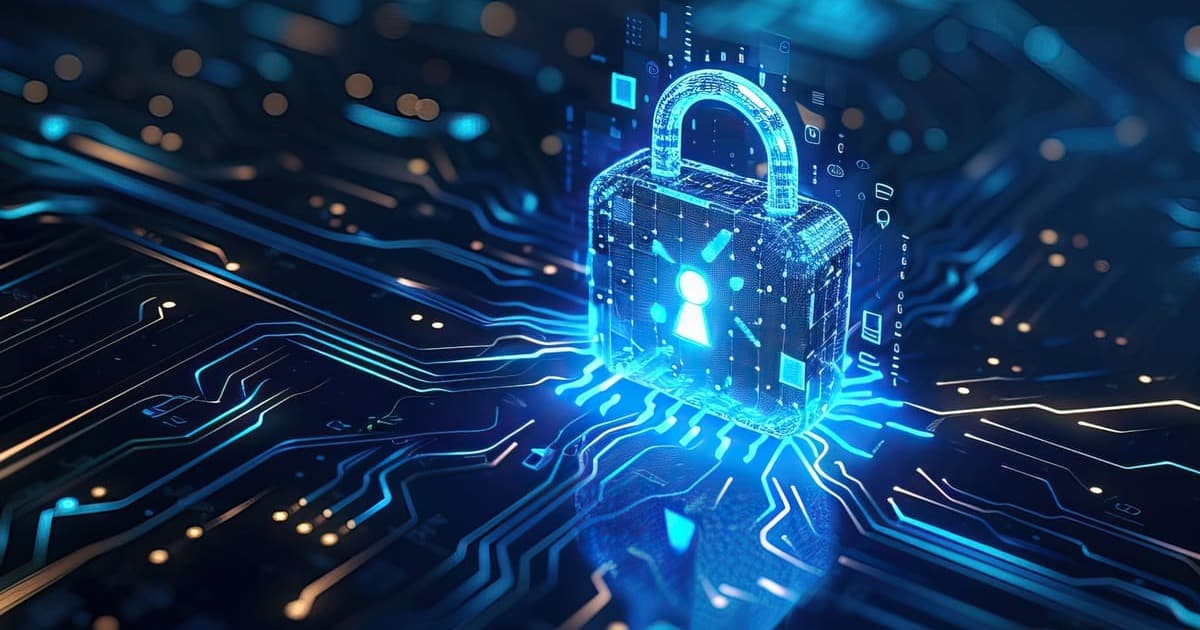As businesses face an increasing number of cyber threats and stricter security regulations, ensuring robust cybersecurity has never been more critical. Security Information and Event Management (SIEM) systems are pivotal for organizations aiming to monitor and respond to potential security incidents. SIEM helps businesses gain better visibility into their IT infrastructure, detect threats in real-time, and react quickly to incidents.
What Is SIEM and Why Does It Matter?
The Role of SIEM in Security Operations
SIEM (Security Information and Event Management) refers to a set of technologies that centralize the collection, normalization, and analysis of security data from various sources within an organization’s IT infrastructure. These sources include network traffic, system logs, security devices, and applications. By consolidating this information, a SIEM system can provide a holistic view of an organization’s security posture, enabling quicker detection of threats.
The importance of SIEM cannot be overstated. In addition to detecting security events, it also provides insights into trends, alerts organizations to potential vulnerabilities, and enables compliance reporting. Without a robust SIEM system in place, organizations risk being caught off guard by attacks, leading to costly breaches and regulatory fines.
Key SIEM Best Practices for 2025
Defining Security Objectives and Aligning Them with SIEM
Establishing definite security goals is among the very first SIEM best practices to follow. Before optimizing or deploying your SIEM solution, you should already have a clear idea of what you want to find. This could translate to reducing incident response time, improving real-time detection, or gaining regulatory compliance.
Aligning SIEM monitoring best practices with specific organizational goals ensures that your SIEM system is well-configured. For instance, if your primary concern is protecting sensitive customer data, you would configure your SIEM system to monitor specific endpoints, applications, and databases. Having defined goals in mind helps guide the configuration process and ensures your SIEM system delivers valuable insights.
Selecting the Right SIEM Solution
Choosing the right SIEM solution provider is the central decision for effective security operations. With so many different SIEM systems available, organizations need to assess their specific needs before making a selection. A good SIEM service provider must offer real-time monitoring, automated alert notifications, incident response capabilities, and flexible growth tailored to the organization’s needs.
When evaluating a SIEM system, consider the extent to which it can integrate with other security equipment, such as firewalls, antivirus programs, and intrusion detection systems. Your SIEM system is that much more powerful when it can receive data from various sources and correlate it for enhanced visibility.
Continuous Monitoring and Tuning for Optimal Performance
One of the most significant SIEM best practices is regular monitoring and routine tuning. Security threats evolve rapidly, and so should your Security Information and Event Management (SIEM) system. Routine updates are essential to enable the system to detect the latest attack vectors and threats. It also means that tuning the system from time to time means it does not generate too much data or false positives, which waste resources and make it harder to identify real threats.
The EDR protection, alongside a SIEM system, may also enhance threat detection capabilities. Keeping the system constantly pointed to the most critical data reduces noise and increases efficiency. Keeping your system up to date enhances the effectiveness and response speed of threat detection.
Integrating Threat Intelligence Feeds
One more SIEM best practice is integrating SIEM threat intelligence with your SIEM platform. This really enhances the detection and response capabilities of your SIEM. Threat intelligence feeds provide you with real-time information on emerging threats, zero-day attacks, and new attack techniques. By feeding this data into your SIEM platform, you’re provided with real-time data that helps refine detection precision.
Having access to SIEM and threat intelligence feeds provides a deeper understanding of external threats and enhances internal and external correlation. This capability can identify sophisticated attacks, such as Advanced Persistent Threats (APTs), that would otherwise evade traditional detection tools.
Automating Incident Response
Incident response is one of the areas where SIEM monitoring best practices can make a significant difference. With a well-established SIEM system, organizations can automate specific steps in the response process, such as blocking malicious IP addresses or isolating infected endpoints. Automation enables rapid responses to threats, thereby reducing the damage from attacks.
While automation can significantly speed up incident response, automated processes must be regularly evaluated and refreshed. This ensures responses are appropriate to the evolving threat environment, as well as in line with the organization’s security objectives.
Establishing Comprehensive Reporting
One of the strongest SIEM best practices is building comprehensive reporting. Consistent reporting ensures that security incidents are accurately tracked, trends are effectively monitored, and audit records are consistently delivered. Reports can also be used to quantify the effectiveness of your SIEM system by calculating key performance indicators (KPIs), such as detection time, response time, and incident resolution.
Reports generated by SIEM service providers should be easy to understand and provide clear insights into your security posture. These reports also play a critical role in compliance, as they can demonstrate how the organization is meeting regulatory requirements.
Fostering a Culture of Security Awareness
While technology is essential for SIEM best practices, human aspects cannot be overlooked. Security professionals require training in utilizing the system, interpreting alarms, and responding to incidents. This involves investing in staff training on an ongoing basis and ensuring that they are informed of emerging threats and attack methods.
Additionally, organizations must instill a security-conscious culture throughout all departments. A security mindset enables employees to detect phishing emails, malicious processes, and other cyberattacks. This initiative enhances your SIEM system’s functionality and further strengthens the security of your entire organization.
SIEM Monitoring Best Practices for 2025
Understanding the Scope of SIEM Monitoring
Effective SIEM monitoring best practices start with understanding the scope of your SIEM system. It is essential to monitor not only your network traffic and devices but also endpoints, cloud infrastructure, and other critical assets. A comprehensive approach to monitoring ensures that no area of your IT environment is left vulnerable.
Integrating logs from different sources, such as firewalls, servers, and applications, into the SIEM system provides a more complete view of your security landscape. This enables security teams to identify threats that may span multiple systems or involve insider threats.
Streamlining the Detection of Critical Incidents
One of the challenges of using a SIEM system is managing the volume of data it collects. SIEM best practices include configuring the system to prioritize critical incidents and reduce false positives. By fine-tuning detection rules, you can ensure that your SIEM system flags the most significant threats without overwhelming your security team with unnecessary alerts.
Focusing on high-priority events enables teams to respond more quickly, minimizing damage and ensuring that resources are utilized effectively.
Effective Data Correlation for Better Detection
SIEM service providers are equipped to correlate data across various systems, enabling more effective detection of sophisticated threats. The ability to cross-reference logs from network devices, endpoints, and applications enables security teams to see the bigger picture and identify threats that might not be evident from a single source.
Effective data correlation also helps identify unusual activity patterns or lateral movement within the network, a common tactic employed by attackers once they’ve gained access to a system.
SIEM Best Practices and Benefits
Reducing False Positives
False positives are a common challenge with SIEM systems. However, SIEM best practices and benefits can help mitigate these inaccuracies by continuously tuning the system, refining correlation rules, and integrating threat intelligence. Fewer false positives mean that security teams can focus on genuine threats and respond more efficiently.
Enhancing Incident Handling and Mitigation
By automating incident response, integrating threat intelligence, and enabling better data correlation, SIEM monitoring best practices help speed up the handling and mitigation of security incidents. The result is a more effective security operation that can contain and neutralize threats more quickly, thereby minimizing potential damage.
Gaining Real-Time Insights into Threats
One of the most significant benefits of following SIEM best practices is the real-time insights they provide. By leveraging the full capabilities of your SIEM system, you gain continuous visibility into your network’s security, ensuring you’re always prepared for potential threats. Real-time data allows for proactive threat detection and quick responses, helping to mitigate risk.
Conclusion
In 2025, SIEM best practices will continue to be a cornerstone of modern cybersecurity strategies. By following these best practices, organizations can ensure that their SIEM systems provide maximum value, from detecting advanced threats to enhancing response times and improving compliance reporting.
By selecting the right SIEM solution provider, maintaining continuous monitoring, integrating threat intelligence, and ensuring proper training, businesses can strengthen their overall security posture and protect against the growing range of cyber threats.

